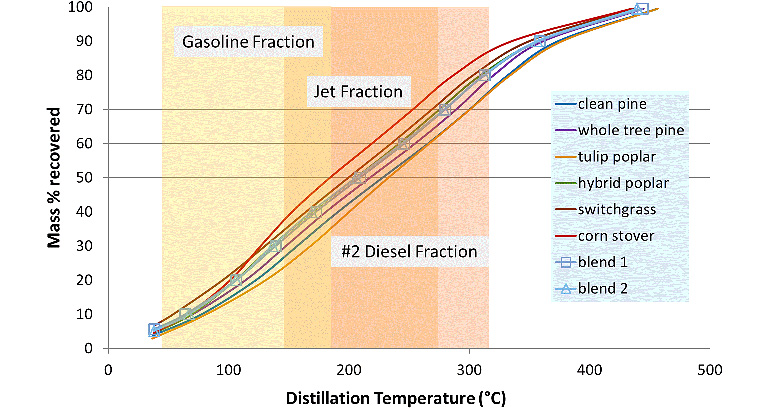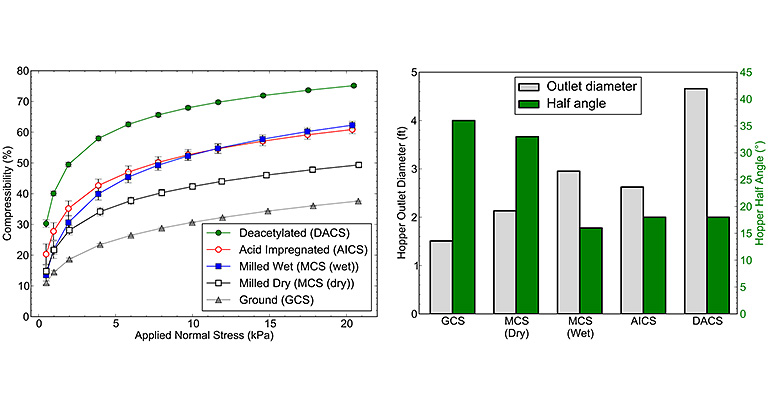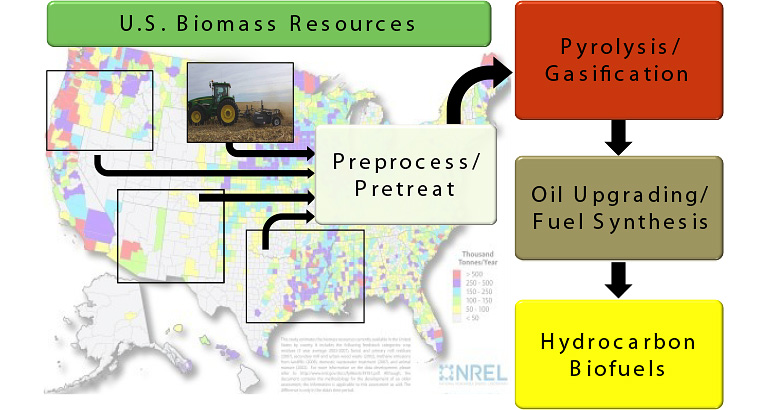Biomass Feedstocks
Our mission is to enable the coordinated development of biomass resources and conversion technologies by understanding the field-to-fuel impact of feedstocks on biochemical and thermochemical processes.
View all NREL biomass feedstock publications.
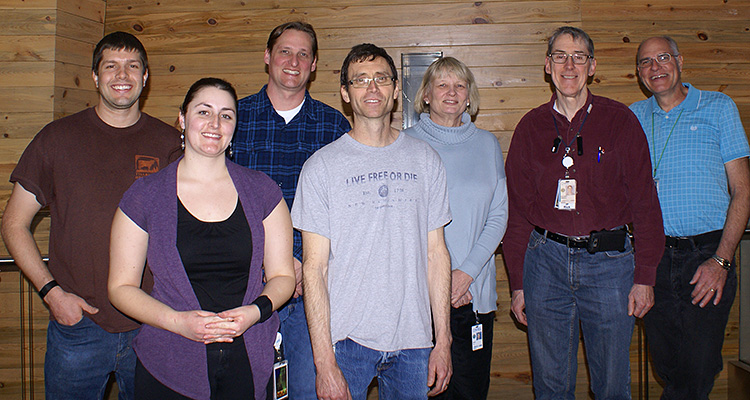
Thermochemical Feedstock Performance Testing
We evaluate the "field-to-fuel" performance of industrially relevant feedstocks and blends in thermochemical processes, such as fast pyrolysis, catalytic fast pyrolysis, and gasification, and assess the impact of various feed preprocessing technologies.
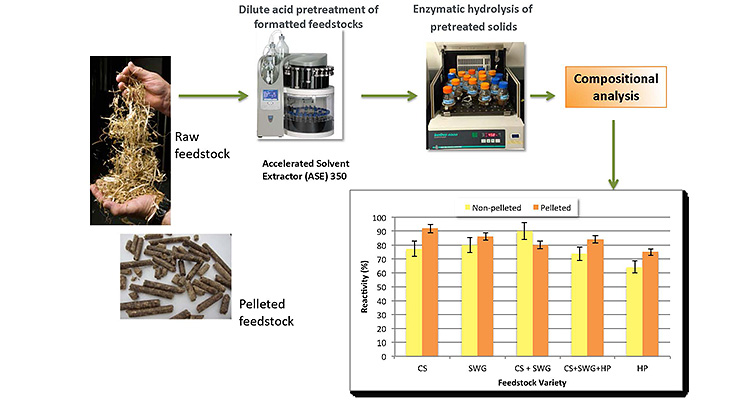
Bioconversion Characterization and Performance Testing
We investigate how various types of native and formatted biomass feedstocks, such as the densified and/or blended feedstocks shown in the image, impact the bioconversion, and ultimately the production, of fuels and chemicals needed for a growing economy.
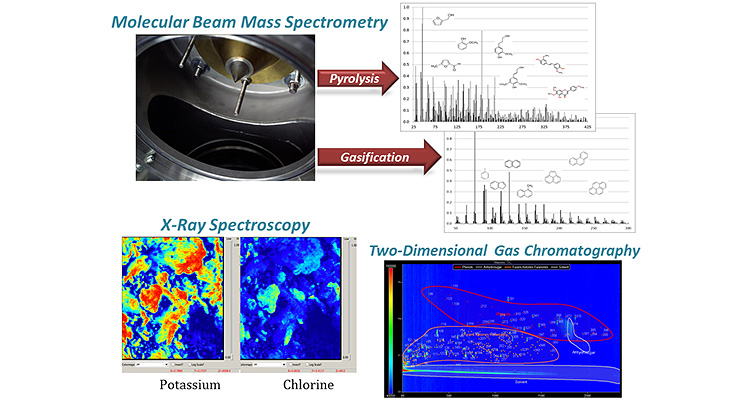
Advanced Feedstock and Product Characterization
We are using advanced analytics to characterize biomass and its thermochemical products, including molecular beam mass spectrometry, x-ray spectroscopy, near-infrared spectroscopy, 2-D gas chromatography, and high-resolution mass spectrometry. Learn more about biomass characterization research at NREL.
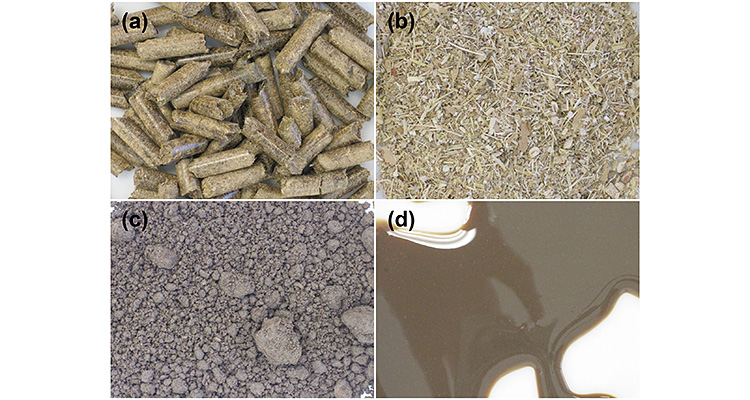
Biomass Rheology and Flowability Characterization
We utilize rheological characterization and granular solids flow testing to better understand how physical, chemical, and biological processing impact biomass feeding and handling throughout the biorefinery.
Research Team
Principal Investigators
Ed Wolfrum
Principal Researcher and Manager, Process and Analytical Engineering Group
Ed.Wolfrum@nrel.gov303-384-7705
Stuart Black
Earl Christensen
Steve Deutch
Nathaniel Crawford
Kellene McKinney
Michele Nolker
Scott Palmer
Braden Peterson
Kailee Potter
Jeff Wolfe
David Lee
Related and Integrated Programs
Biochemical Process Development and Integration
Thermochemical Process Integration, Scale-Up and Piloting
Collaborators
C3Bio
Colorado State University
Energy Technology Centre (Sweden)
Idaho National Laboratory
International Energy Agency
Massachusetts Institute of Technology
North Carolina State University
Pacific Northwest National Laboratory
U.S. Department of Agriculture
Washington State University
The Biomass Feedstocks R&D program acknowledges funding and support from the U.S. Department of Energy's Bioenergy Technologies Office.
Share

